B2C or Business to Customer marketing is a term that refers to the ideas and methods used to reach customers in the target market. Savvy marketers use a variety of strategies and tools to get the brand in front of customers who are likely to purchase the products and services they offer.
While it is easy to confuse B2C with B2B marketing, they are not the same. B2C marketing caters to the needs and demands of individual customers.
The primary reason B2B marketing strategies don’t work for B2C is the difference in who the customer is. B2B customers aim to find the perfect options with proper research and consideration. B2C customers, on the other hand, don’t do a lot of research and make purchase decisions based on emotions rather than logic.

Let us look at the top ten strategies marketers can use for a B2C business model:
-
Educating Audiences via Content Marketing


For B2C companies, content marketing is about creating guides, blog posts, and other content that the target audience would find useful, helping you build a lasting relationship with them. Content marketing is a powerful way to collect leads and increase conversions.
This strategy also helps you get organic traffic by improving your online presence. 82% of B2C marketers creating blogs as a part of their content marketing strategy see positive ROI from their efforts.
-
Creating a Strong Following with Social Media Marketing
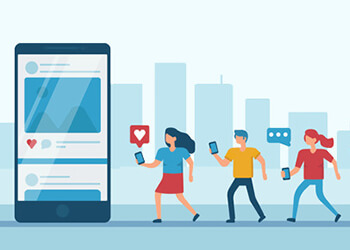

Social media marketing focuses on delivering users the content they find valuable and shareable across networks, increasing website traffic and brand visibility.
When your content is shared on social media, the SEO efforts get a boost as they improve the relevance in search results within these networks and search engines. As much as 83% of marketers use at least one of the big social media channels to distribute content.
-
Organically Increasing Rankings via SEO to Build a Reputation


In any inbound B2C marketing strategy, creating a website to bring in organic traffic should be a top priority. With 81% of customers conducting online research before purchasing, your business should be visible on the search engines through keyword optimization. SEO helps increase the audience in a targeted way to bring customers interested in your product or service.
-
Running Paid Ads to Improve Awareness
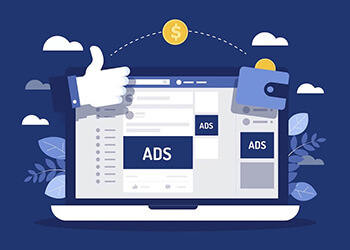

Paid media is an effective tool that companies use to increase their website traffic. One of the most popular examples of paid ads is PPC (pay per click) links.
It is a paid marketing channel where a brand pays a fee every time somebody clicks on an online advertisement for the website.
Statistics suggest that PPC can deliver a high ROI when used right. PPC advertising can help gain quick traction in any niche before organic search and social channels can pick up.
-
Email Marketing for Personalized Engagement
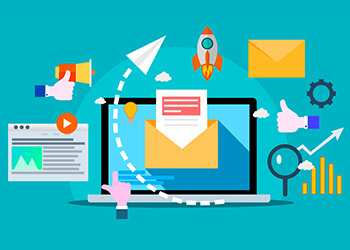

Being the most personalized form of communication, email marketing is a powerful way to nurture and convert leads. It is a streamlined process of targeting specific customers and prospects to influence their purchase decisions.
The success of this strategy is measured in terms of click-through rates, so it is essential to use the right approach, particularly when using email marketing as a part of a bigger internet marketing campaign. On average, the ROI generated for email marketing is $42 for every dollar spent.
-
Building Trust with Membership Programs
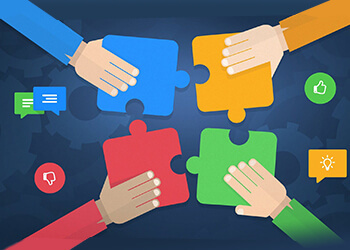

One of the most powerful ways to get a loyal audience base for your business is to create and promote membership programs where customers can become members of a community. Such an effort not only improves engagement with your brand but also builds a trust that they will always be valued. As a customer moves up in membership levels, they get access to more rewards, improving their loyalty and trust in the business.
-
Leverage the Power of Feedback and Testimonials


It always helps to let your potential customers know what existing customers feel about your brand and products. Any B2C business should take feedback seriously because they help settle faults and serve as a genuine personal connection with prospects.
A testimonial section on your website lets visitors see what others think of you and what they can expect. Product-specific reviews drive traffic and boost ranking, increasing search traffic by 15-20% when a business earns more than ten reviews.
-
Using Influencers to Boost Social Proof
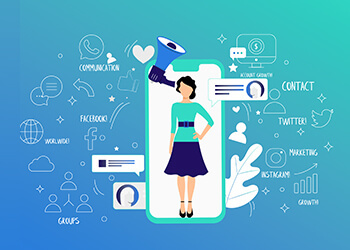

Social proof can be a highly valuable aspect of B2C marketing. Whenever an average B2C customer considers a brand, one of the first things they do is look for reviews online. Promoting your business through influencers is a great way to improve your social proof.
Influencer marketing helps build trust and authenticity while improving the reach and awareness of the brand among the target audience. Influencer promotion also gives a personalized touch and emotional connection to your offerings and adds to their value.
-
Prioritizing Retargeting to Retain Customers
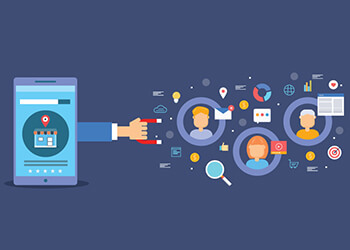

Investing in a well-designed retargeting program would help you stay on top of the customers' minds even if they don’t purchase instantly. Retargeting works with social media networks. For example, a person interacting with your application would see an advertisement on the social media platform he visits next.
The person might not click on the ad, but keep your brand image in mind and remember your company for the next purchase. Proper integration of this strategy can increase conversion rates by 147% on average, as suggested by the latest statistics.
-
Speeding up Conversions through Conversational Marketing


A real-time conversation via live chat or chatbot helps you get the correct information in front of prospects on time and allows them to get quick answers to questions. This type of personalized engagement effectively improves the user experience.
Conversational marketing is specifically useful for B2C businesses as it scales customer service and reduces the time customers spend in the sales funnel. Up to 51% of consumers are more likely to repeat purchases if the business offers live chat support.
Final Thoughts
As B2C marketing evolves, it is increasingly becoming a highly specialized field, requiring expert overview and implementation.
It may not always be prudent to rely on in-house marketing teams;, instead, leading MarTech and marketing service providers such as Amura Marketing Technologies can offer significantly more value for your money. Amura Marketing Technologies is a digital growth marketing agency specializing in 360-degree digital marketing solutions for B2C businesses.
